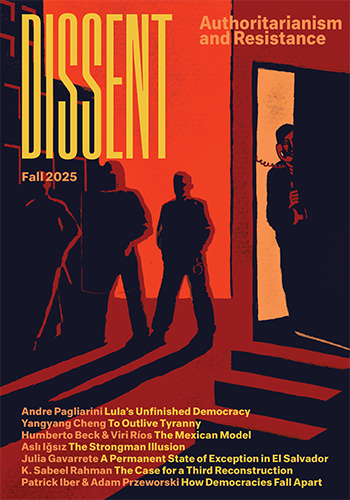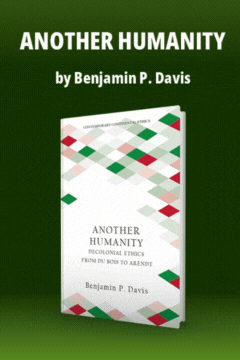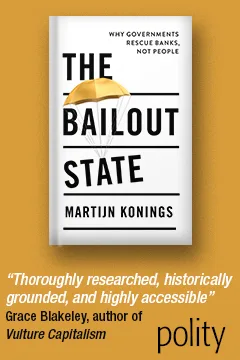Merger and Monopoly in the U.S.
Merger and Monopoly in the U.S.
The recent rash of mergers in American industry has once again highlighted the problem of monopoly. Quite the most glamorous corporate marriages have occurred in automobiles, where the overwhelming strength of Chrysler, Ford and General Motors forced Hudson into the arms of-Nash, compelled Kaiser to embrace Willys and linked Studebaker with Packard. When automobiles’ Big Three got through with their share of the market last year, the six independents were left with a mere 4 per cent of the industry’s total output. The ensuing mergers were desperate attempts to hold on to even this small segment of the auto business.
All this represented the crest of the fourth wave of mergers in US. history, a fact of which even the literate public does not seem to be especially aware. From 137 in 1949 mergers increased to 822 in 1952 and have since remained close to 800 each year.
The merger is the classic American way of building an industrial empire. In Europe, where the cartel has been usually employed, some concession is made to individual corporate identity. But here business men prefer to buy out their rivals, taking over plants and assets in toto and fusing disparate enterprises into new and wonderfully complex organizations. Bringing together plants, financial structures and selling apparatuses, the merger, which is something of an imperative in American capitalism, has largely been made possible by the ineffectiveness of, the anti-trust laws. These laws, sufficient for controlling loose arrangements such as trade associations, were unable until 1950 to place any restraint at all on merger activity. A Clayton Act amendment in that year, yet to be tested in the courts, makes mergers which tend “substantially to lessen competition” legally dubious. Of course, the question of how competition is not reduced in an industrial combination may not be an easy one for a jurist to decide.*
The word “merger” is a somewhat vague one: it applies not only to combinations in which two or more enterprises are displaced by a new corporate entity but also to the case in which complementary manufacturing processes are brought together. The steel industry offers a striking illustration: here coal mines, iron ore fields, foundries and a host of fabricating plants are brought together to provide a continuous manufacturing process from raw material to finished product. The word also has been used to describe common control of such entirely different enterprises as hotels and sugar factories.
__________
* An illustration of this problem was made available by the recent ruling of Federal Judge W. J. LaBuy in dismissing anti-trust charges against DuPont, General Motors and U.S. Rubber. Among other things, this distinguished- jurist held that there was no proof that DuPont controlled General Motors even though it was at times voting 51% of the stock voted at stockholders’ meetings.
_____...
Subscribe now to read the full article
Online OnlyFor just $19.95 a year, get access to new issues and decades' worth of archives on our site.
|
Print + OnlineFor $35 a year, get new issues delivered to your door and access to our full online archives.
|






